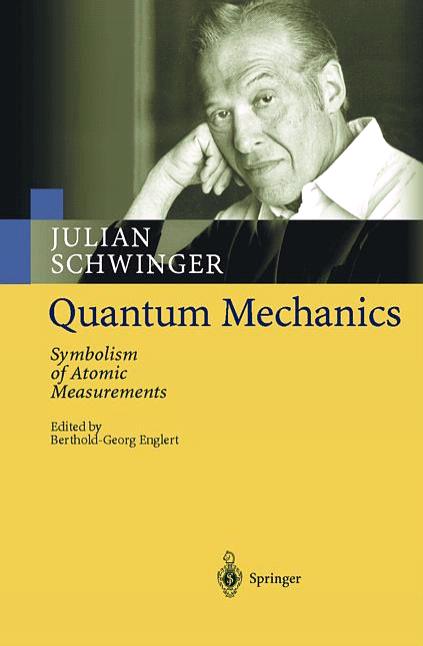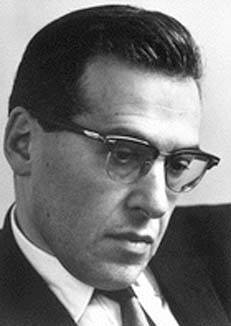
The intro that I read in this book is easily one of the most coherent, simple and enlightening pieces of text that I have read. At the end of each para.. I would sit up exclaiming WOW !! and my mother would keep running in asking what happened ?? This was the situation at my home yest !! After reading it you really feel as if you've understood the whole of Quantum Mechanics, not to mention Quantum Field Theory and Quantum Electrodynamics. Of course I know I've not.. but you just feel so after reading it. I doubt if I would be able to read the book during the sem given my tight schedule. I would rather stick to Sakurai and Feynman and read this later.
He starts off defining what is a "Causal" and "Deterministic" theory at the same time clearly differentiating between the two. Then he goes on to describe the two limiting cases of classical behaviour namely the Discrete and Continuous models and how they are unified. He then gives the example of the wave and particle nature of light to illustrate the above point. Then he goes on to describe the "atomistic" and "statistical" nature of microscopic phenomena using the example of Atomic spectra for the atomistic nature and the classical electron beam interference experiment for the statistical nature. After describing the theory of Measurement, he goes on to say why we can't measure the properties of an object at the microscopic scale without disturbing it because of the atomistic nature of things and why we can't correct for those measurements because of the statistical nature of things. This piece was particularly cool !! Using the above arguments he goes on to describe Quantum Mechanics as a Causal but only Statistically Deterministic theory.
After this I did not understand everything as I had understood what he had said so far. nevertheless.. I shall make an attempt to tell something. He starts off on Symmetry describing particles using wavefunctions, particle creation operator and how all these result in the creation of "Quantum Field Theory" unifying the two limits of Classical Physics models already described. Then he goes on to describe how developments in technology helped them create higher energies to study particle interactions which resulted in the field of "Quantum Electrodynamics". Though the last particularly difficult to read, I really enjoyed reading a major part of the Intro. It will go a long way in making me ever more attentive in my Quantum Mechanics class and learning more about wonderful subject.
 Browsing through his life history, you can find that Schwinger was an outright genius. His first physics paper was at 16 and his Ph.D at 21 with claims that he actually completed his thesis at 18 itself !! I can hardly wait to learn more about Quantum Mechanics to fully appreciate his achievements.
(btw does anybody know of this guy..apparently a 15 year old M.Tech student at the CSE dept in my insti.. working in Cryptography under Pandu I saw him on Times Now yest and want to know more about this rare specimen in my insti)
Browsing through his life history, you can find that Schwinger was an outright genius. His first physics paper was at 16 and his Ph.D at 21 with claims that he actually completed his thesis at 18 itself !! I can hardly wait to learn more about Quantum Mechanics to fully appreciate his achievements.
(btw does anybody know of this guy..apparently a 15 year old M.Tech student at the CSE dept in my insti.. working in Cryptography under Pandu I saw him on Times Now yest and want to know more about this rare specimen in my insti)


1 comment:
Quantum Causal Deterministic Statistical Genius ....
Sounds like the architect's( Ref : Matrix ) lecture ! :P
Phew!
Post a Comment